Teck Cominco on the Columbia
Columbia River Basin
|
NEW ESRI StoryMaps: What's On Our Shelves & NWNL Song Library & No Water No Life ESRI |
Columbia River Basin
Bill Duncan and Carol Vanelli Worosz
Publicity Officers with Teck Cominco
Alison M. Jones
NWNL Executive Director
NWNL met with Teck Cominco representatives Bill and Carol in their Visitors Interpretive Center, significantly sited on a bluff overlooking the Columbia River’s exit from Canada and into the US. Since 1906, this diversified natural resource plant (with its lead-zinc smelter and facilities for developing coal, copper and other minerals) has stood above the town of Trail, BC to which it is closely bound. Recently Teck has found itself shadowed by transboundary challenges to its pollution of the Columbia River Basin in both Canada and the US. It was requested there be no discussion of the then-ongoing lawsuit brought by the US regarding Teck’s downstream pollution.
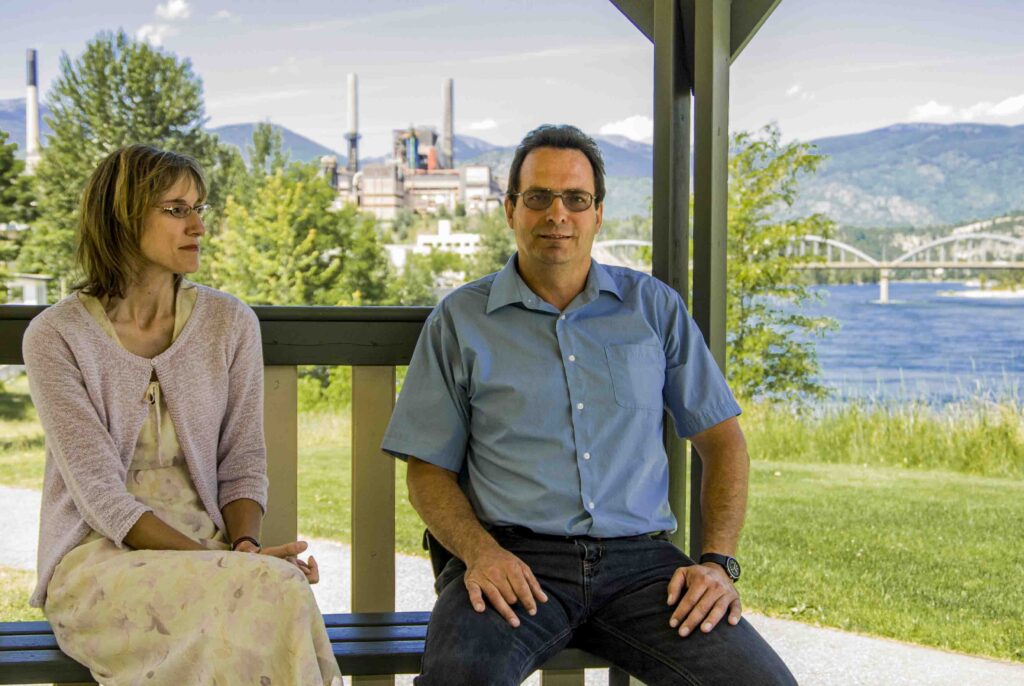
All images © Alison M Jones. All rights reserved.
NWNL Hello Bill and Carol I’m glad we can discuss your thoughts on the environmental concerns and related investments of Teck Cominco (hereafter “Teck”). I’ve read your paper, “Trail Ecological Risk Assessment,” regarding the community of Trail in which your company has been so involved. I’d like to hear your thoughts on how a century of Teck’s operations has or has not contributed to the health of the Columbia River – in Canada and the US! Specifically, I’m interested in Teck’s environmental protection efforts.
BILL Teck has been involved in trans-boundary issues for quite a long time. Some of the first trans-boundary environmental law (or law cases) were on the issue of trans-boundary air pollution. Before that case was solved, Teck was one of the first plants to remedy its own acid pollution. That initiated Teck’s pro-active concerns about protecting the environment, greater than that which I think many companies have.
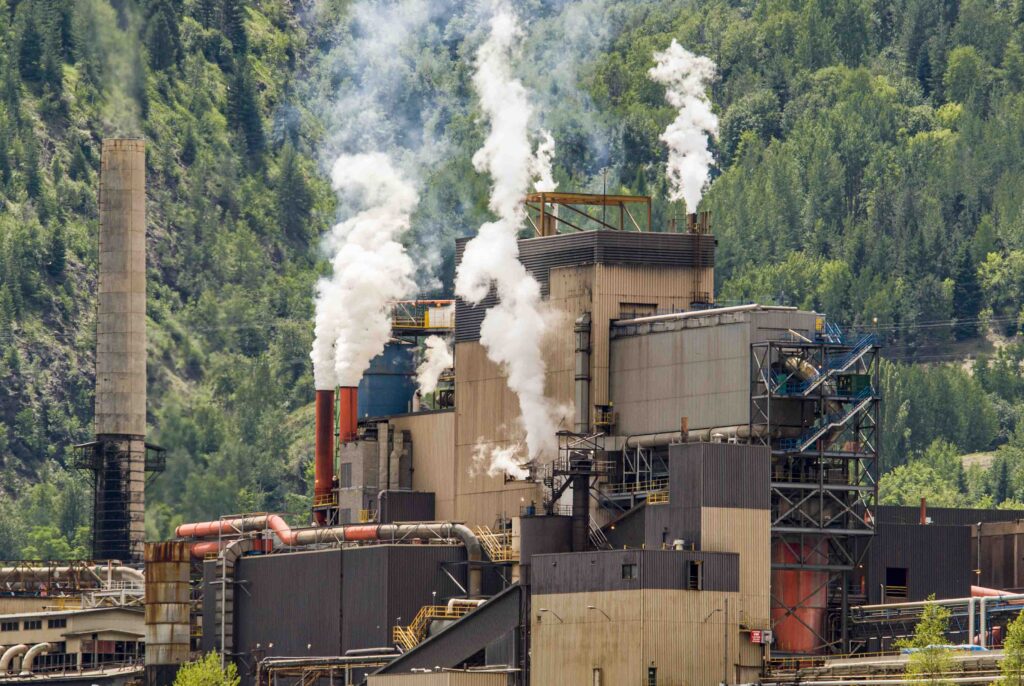
Certainly, our concern was driven to some degree by the court case; but Teck at that time responded strongly to the issue. They recognized they had a problem and needed to deal with it. That essentially started a modernization program that other smelters had to catch up with over the years.
Teck has been a leader on the human health side and has worked with a Trail task force program, even though we were meeting most legal lead levels at the time. We recognized these standards would be made tighter and that we did something about it. In fact, Teck sort of took the lead. Together, a jointly funded consortium of the City of Trail, British Columbia environmentalists and Teck realized we had a common problem. Everyone was benefiting from the smelter with wages and other advantages.
By being a bit at the forefront of such issues, I think Teck has a very good track record regarding environmental issues. In the 1970’s Teck fortuitously decided to modernize, rather than let it go the way of most of the world’s lead smelters now shutting down because they didn’t modernize.
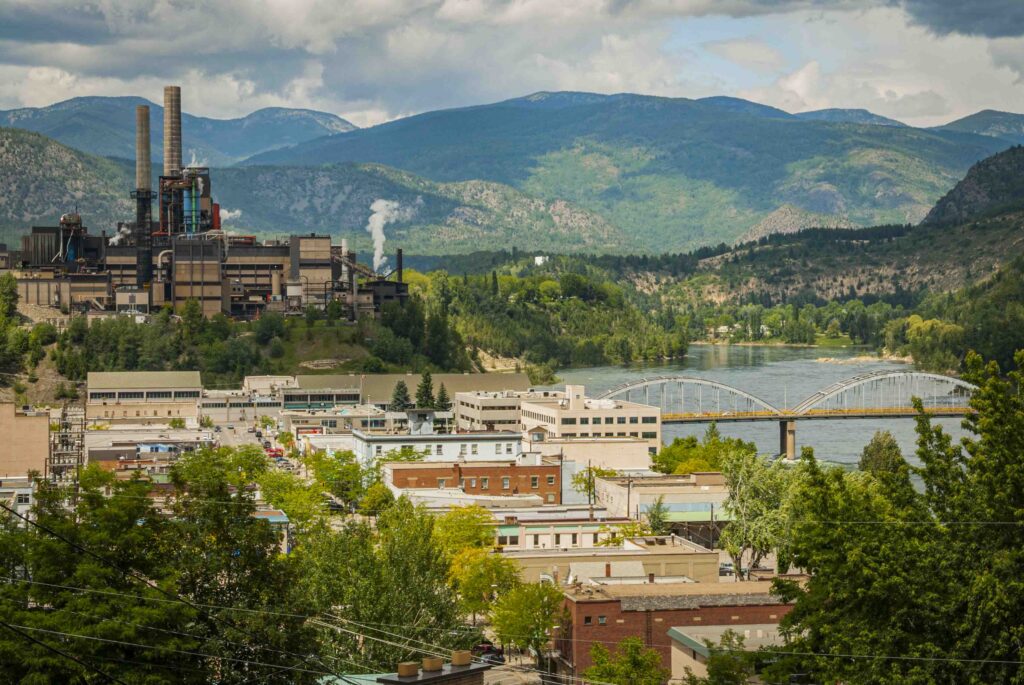
Cominco has always had a big commitment to Trail and this region. When it decided to continue, it updated its equipment to improve the environment. It especially considered the Columbia River, by adding an effluent treatment plant in 1981. Putting in new smelter technology was part of the modernization , as was documenting how we stood environmentally. The pulp mill and other divisions went through a modernization. In the early ‘90’s basically the B.C. Ministry of Environment, B.C. Hydro (for dam issues). Teck (with its smelter) and the B.C. and Federal Environment Departments all got together with almost a million dollars of funding – mostly from industry, but also from the ministry – to support a cooperative Columbia Basin integrated monitoring program. In a period of over a couple of years, that first program completed a baseline study. Subsequently, we’ve done studies since that generated a 1995 report and a comparative 2005 report.
But in our modernizing, we brought in smelter technology from Germany that didn’t work. It was an economic blow to the company. But, still committed to modernization and stopping slag from the smelter from going into the river, we went to another smelter technology. This year – 2007 – this new technology is its tenth year of operation and we feel it has had a very positive impact on air emissions.
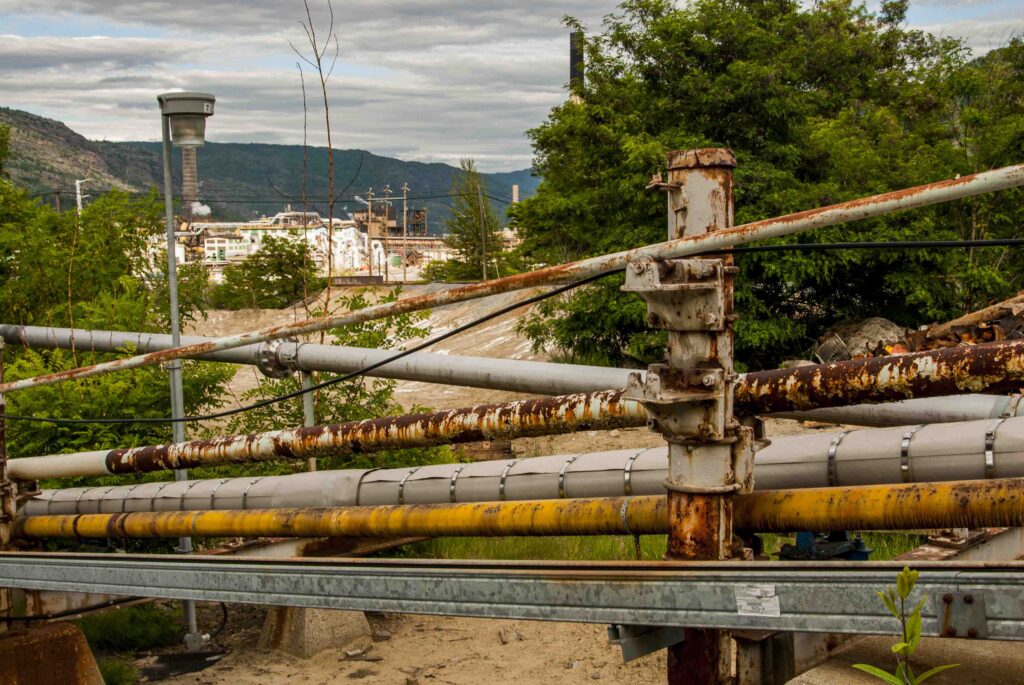
CAROL Bill has been focusing on your interest in the impact of pollutants in the river – but air and just a social responsibility to community health issues goes a lot towards what we’ve done environmentally as well.
Regarding our ability to recycle electronic materials, we have a partnership with a local company that basically grinds old electronic equipment — like computers, laptops, VCR’s, radios, old televisions – into a raw material recycled here at Trail. We’re the only facility in Canada that can do that and do it a very responsible way. They do recycle electronics in China, but not in an environmentally sensitive fashion. We use infrastructure we already had to solve this increasingly critical societal problem, just not a specific environmental problem.
NWNL Yes, these issues are interrelated because what’s in our air affects our vegetation; and the vegetation is a nutrient in our river that feeds the fish, and so the cycle goes…. Thank you both for sharing Teck’s story and interest in helping to lessen pollution of our watersheds.
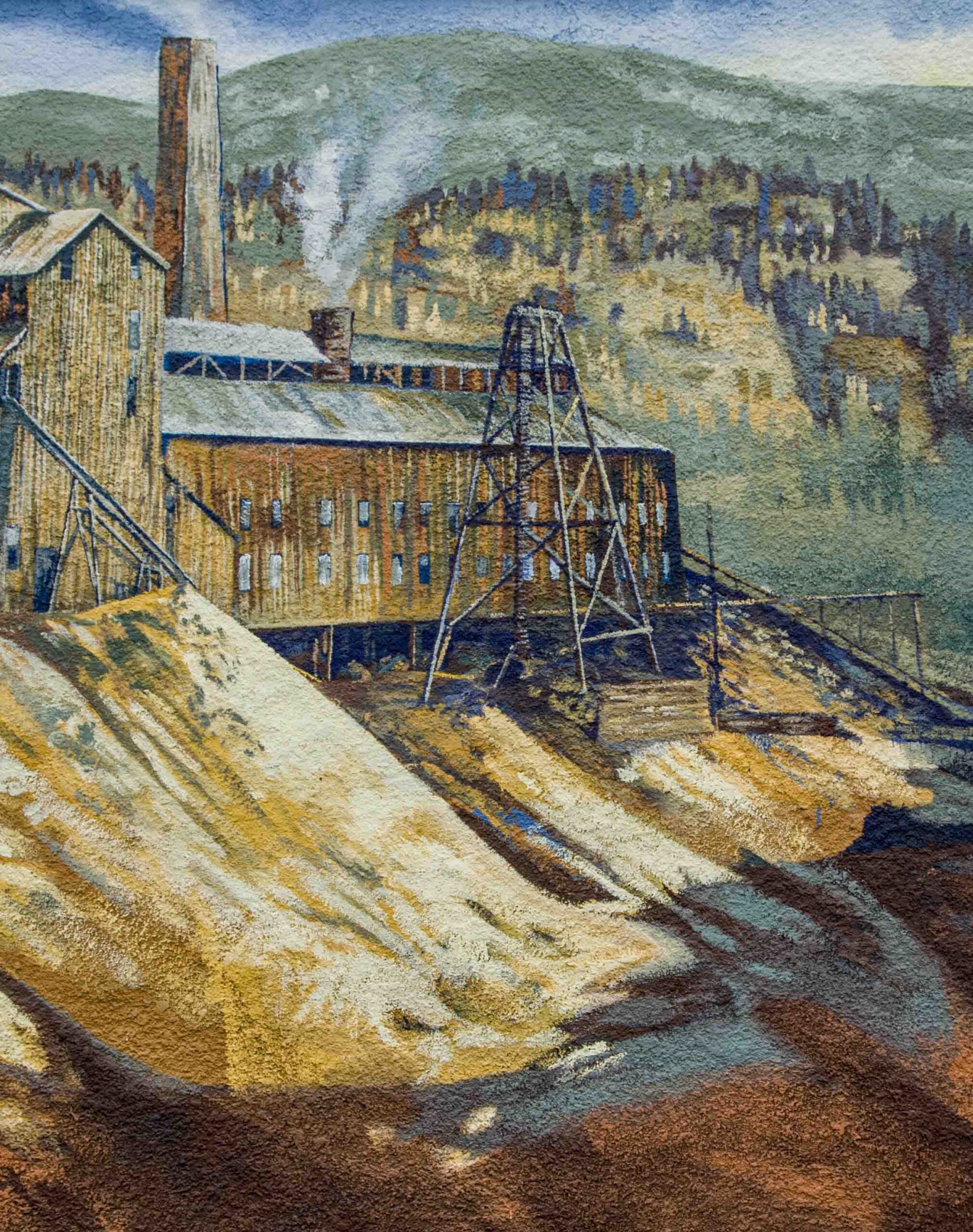
Posted by NWNL on November 16, 2023.
Transcription edited and condensed for clarity by Alison M. Jones.
All images © Alison M. Jones, unless otherwise noted. All rights reserved.
